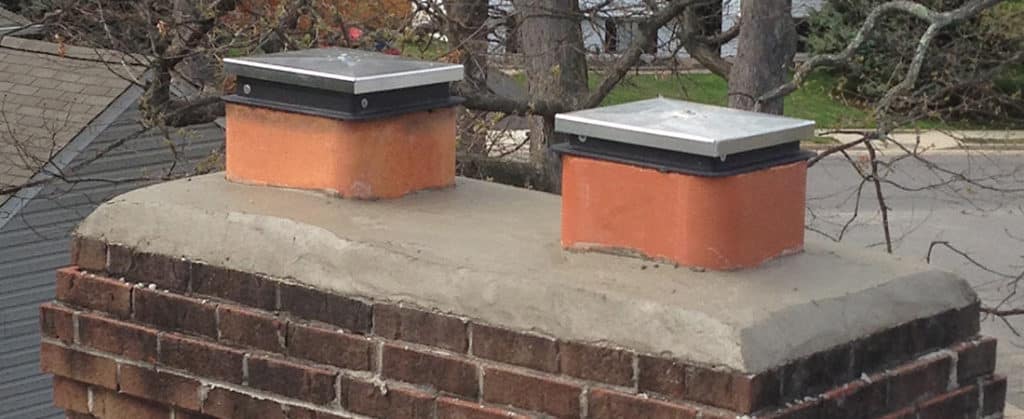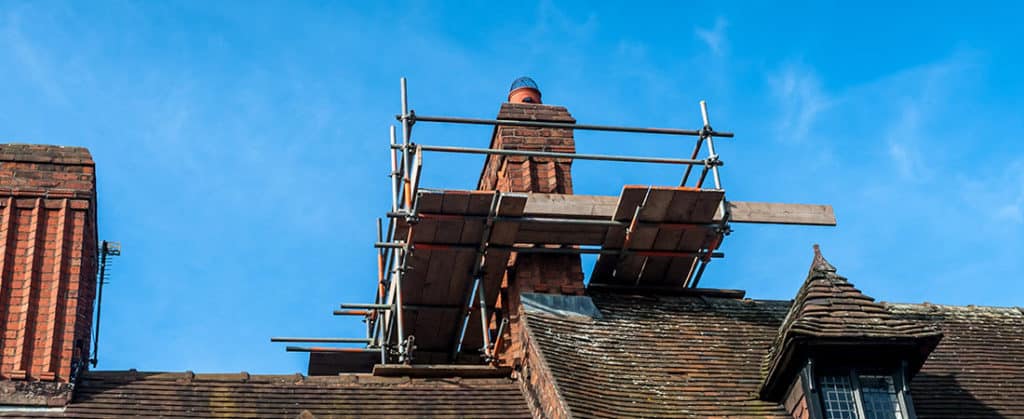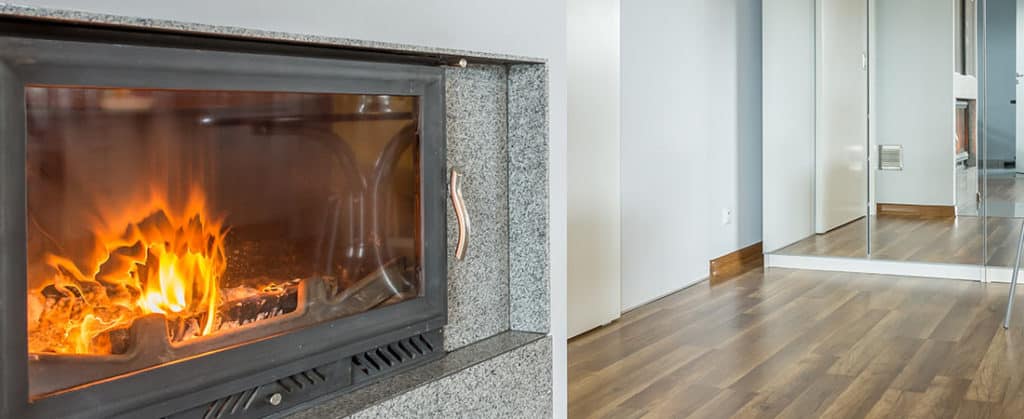If you have a modern house, your chimney has a chimney liner. The liner protects the masonry from corrosive byproducts of combustion. It also protects the house from heat transfer. There are many types of chimney liners ranging from clay liners to metal.
Regardless of the type of liner you have, you need to take good care of it. Chimney contractors observe that there are many ways in which you can maintain your chimney liner. Some of these ways include:
Watch the fuel you burn
Everything begins here. The type of fuel you burn in your chimney greatly determines the condition of the chimney liner. If you burn the wrong fuel, you stand to damage the liner. To protect it, ensure that you are burning fuels that are recommended by the stove manufacturer/ HETAS.
Of major importance, be cautious when burning wood. If you have a wood burning fireplace, only burn seasoned wood. This is wood that has been air dried for at least six months. This wood not only burns with less smoke thus saving you from having to clean the chimney more regularly, it also gives a warmer fire.
You should avoid burning green wood at all costs. The wood not only burns with a sooty frame; it also isn’t hot enough thus you end up burning a lot of it.
Undertake regular liner inspections
Burning the right fuel isn’t enough. You need to regularly inspect the liner and confirm that all parts are functioning optimally. The best way of going about it is by hiring a chimney expert to inspect it and give recommendations. Sometimes the expert might find cracks on the liner. You have to repair them before you continue using it.
When hiring the professional, ensure that he/she is certified and authorized to work in your local area.
Don’t mix wood and smokeless fuel
When installing your chimney, you might have come to the term “multi-fuel chimney.” This is a chimney where you can burn a wide range of fuels. While the idea brings about a lot of convenience, it has been shown to result in chimney liner failure.
The reason for this is because the moisture in the wood combines with Sulphur in the smokeless fuel producing an acid that corrodes the stainless steel liners. For you to avoid this, you should avoid mixing wood and smokeless fuel. You should burn one or the other—never both.
Don’t slumber the chimney
Slumbering simply means turning down the stove by limiting the air supply. A slumbered appliance causes the fuel to burn at a low temperature. The fuel also produces more smoke causing more pollution.
In most cases, the smoke condenses in the liner producing tar and creosote. If you don’t remove the creosote early enough, it can damage the liner. For you to be on the safe side, burn fire at optimum temperature and your chimney liner will be healthy the entire year round.
Use the right fuel ratio
Do you know the right fuel ratio to use in your chimney? Consult the manufacturer instructions. Check what you can and can’t burn and the right quantities that you should go with. Some of the manufacturers will ask you to burn 20% of smokeless fuel, and this is what you should do.
Sweep the chimney liner regularly
You must have heard that you don’t need to sweep the chimney liner, right? You should note that the liners are more susceptible to failure more than any other parts of the chimney; therefore, ensure that you sweep them regularly.
The frequency at which you clean them depends on the type of fuel you use. If you use wood, you may have to clean it more regularly. On the other hand, if you are burning gas, you can go for several months without having to clean it.
Regardless of the type of fuel you use in your unit, ensure that you hire a reputable professional to clean it. Ensure that the chimney cleaning services Columbia MD provider has been in the industry for a long time and is certified to work in the local area. For you to have peace of mind that your property will be protected, hire an insured professional.



